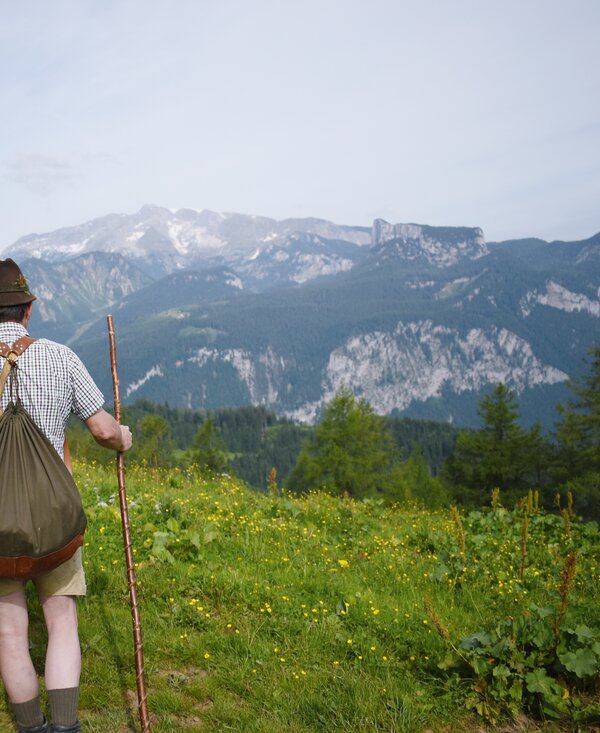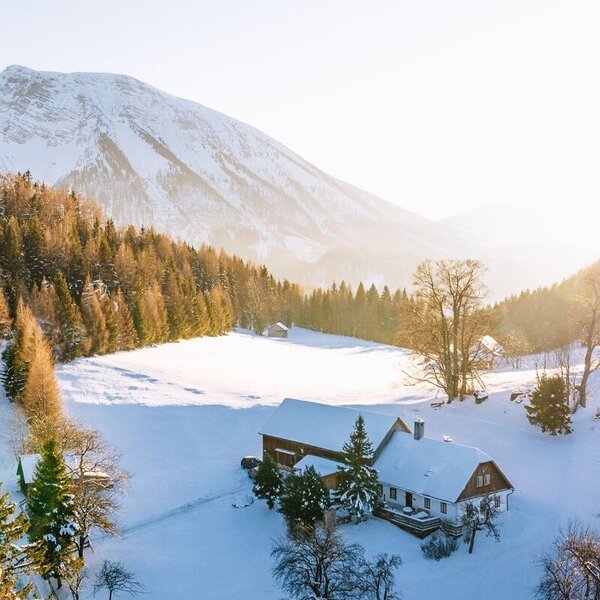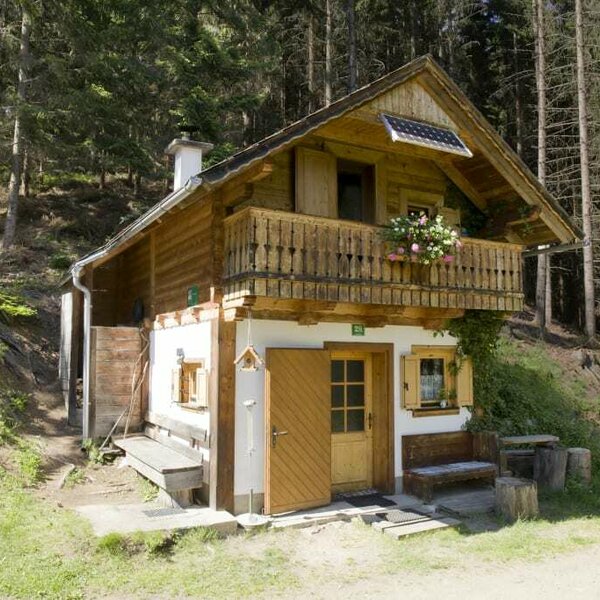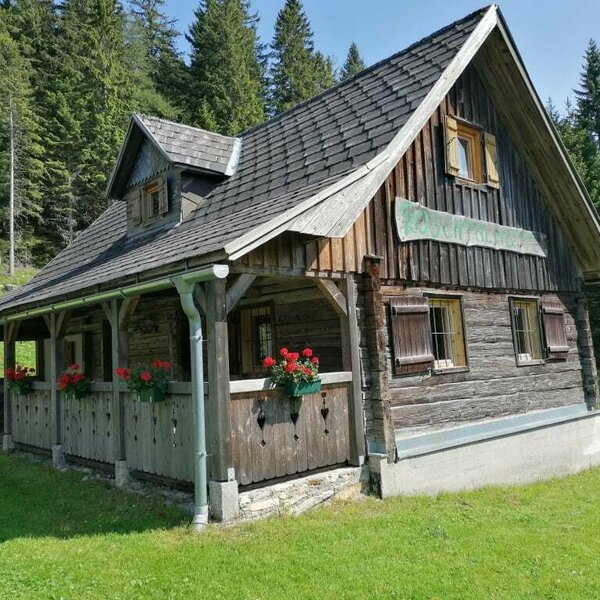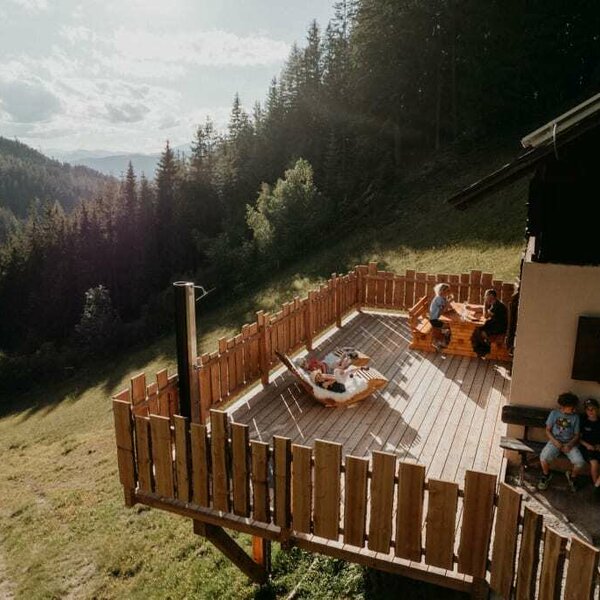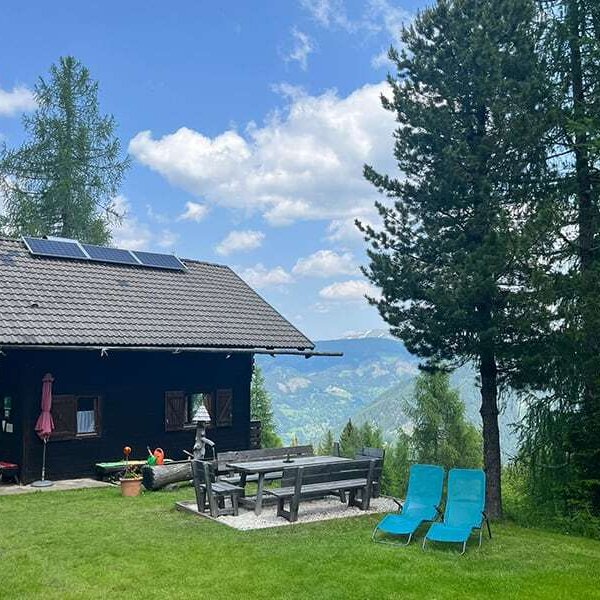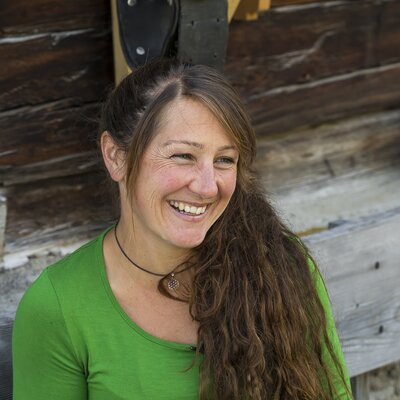The Habsburg rulers had one thing in common over the course of their 500-year history: they made the mountains in the Alps accessible and were probably the first real summer visitors and alpine hut holidaymakers in Austria. The difference to today? The huts or so-called "Kasn" of that time were certainly not comfortable. There was little sign of luxury on the alpine pastures of the imperial era.
Only today is it possible to enjoy a truly imperial vacation - in one of Austria's 450 or so alpine huts, which range from simple self-catering huts in the forest to designer domiciles made of Swiss stone pine and larch wood. There is a wide choice between rustic and modern - and even the Habsburgs could only dream of this alpine luxury.
If you follow in the footsteps of the imperial summer visitors today, you will experience a truly stately alpine experience - in the midst of nature, between mountain pines and Swiss stone pines. Vacations on the alp have probably never been so comfortable and close to nature.
Emperor Max and the barbecue party
Emperor Maximilian I (1459 - 1519) knew how to turn even hunting in Tyrol into a great show - much to the delight of the ladies. His daring climbing feats on the rugged cliffs of the Martinswand near Zirl in Tyrol caused admiration and fainting spells among the high nobility. Once, however, he took it too far: he got stuck in the rocks. According to legend, it was a hunter who rescued him - or an angel who fell from heaven as a savior.
The Martinswand is a real hotspot for climbers today. If you are interested in climbing in Tyrol, the famous Kaiser Max via ferrata is a must for anyone who feels connected to the emperor's legacy.
But Maximilian was not only a pioneer on rock faces, he was also a passionate fisherman. At Heiterwanger See and Plansee near Reutte, he perfected an early form of "Hunt & Fish": first the strenuous chamois hunt, then relaxed fishing - and finally freshly grilled trout on the lakeshore.
Even today, guests in the region around Reutte enjoy freshly caught Tyrolean trout, but mostly in the restaurants and inns in the area - without any hunting adventures.
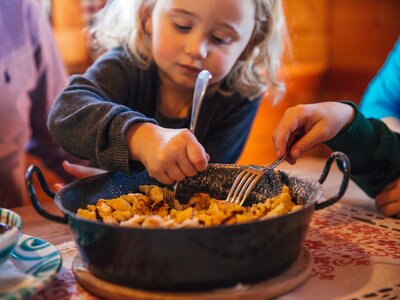
On the run to the mountain pasture
"Empress Elisabeth was an exceptional sportswoman who climbed everywhere at a rapid pace," says Carinthian historian Claudia Fräss-Ehrfeld, who has studied the history of the Habsburgs in detail. The empress's (1837 to 1898) enthusiasm for nature added to her love of the mountains. Bad Ischl became a hotspot for her alpine excursions in the Salzkammergut. Far away from the strict Spanish court ceremonial in Vienna, she was finally able to breathe a sigh of relief and enjoy the freshness of summer.
The Zwieselalm in the Dachstein region and the Postalm in Abtenau were also destinations for her adventurous spirit. At the Postalmhütte, she probably became the first prominent alpine hut vacationer. Her simply furnished room can still be seen today, with no trace of comfort. According to the records, the wanderlusting Sissi did not stroll leisurely across the alpine pastures, but jogged (as we would say today). Much to the chagrin of her cook, who was supposed to feed her on the mountain. The plump, unathletic lady in voluminous robes with numerous petticoats and bodices did not like this at all. So, without further ado, a couple of wiry locals were hired to drag the cook up to the mountain pasture on a sedan chair.
Alpine vacations are equally suitable for the fit and the comfortable - not much has changed. Except for the clothing, which today is functional and practical, in contrast to the tightly laced bodices and floor-length skirts of the past.
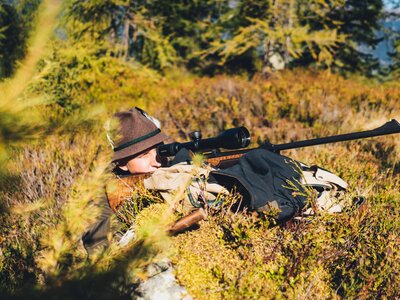
In love with the Kaiserschmarrn
The main thing Fräss-Ehrfeld knows about Emperor Franz Josef (1830 to 1916) is that he loved the mountains around Bad Ischl, especially because of the large numbers of game that roamed there. "He was a really passionate hunter." For 82 summers, he went stalking dressed in traditional loden jackets, lederhosen and oat shoes, leaving the imperial uniform in the box. He also liked to visit the one or other hut to fortify himself and spend the night. In one such hut, the landlord once served him a "Kasn-Schmarrn" with extra butter, eggs and blackberries. The imperial highness was so taken with it that the delicious pancake was henceforth known as "Kaiserschmarrn". The popular hut dish is still enjoyed by hikers and skiers to this day.
"In 1856, Emperor Franz Josef visited Carinthia with his wife Sissi. On this occasion, the monarch undertook a hike lasting several hours from Heiligenblut, which took him to the edge of the Pasterzen glacier," reports the historian. The spot from which "His Majesty" admired the Grossglockner is named after him. (Kaiser Franz-Josefs-Höhe). Afterwards, he must have exclaimed: "It was very beautiful, I was very pleased."
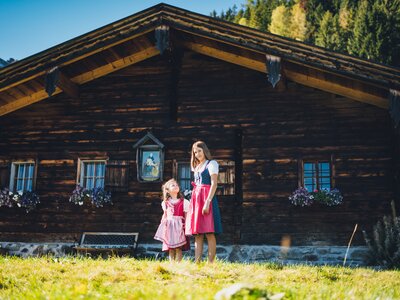
A mountain bear as the first alpine tourist
"The Habsburgs were well educated and especially well versed in the natural sciences. Archduke Johann of Austria was certainly outstanding," says the president of the Carinthian Historical Society. Johann (1782 to 1859) was a skilled climber who was as fit as a fiddle. "He didn't care about the sporting component, the focus was on experiencing nature," says Fräss-Ehrfeld.
"At the beginning of the 19th century, our mountains were completely unknown. There were no tourists. I was the first," he wrote in his notes. Over the course of his life, he collected countless peaks in the Austrian Alps. This earned him the derision of the Viennese aristocracy, who called him a "mountain bear". However, the Carinthian historian praises him to the skies. "He was someone who stood up for Carinthia and Styria. From nature to culture." The Erzherzog Johann refuge on the Grossglockner, which was named after him, is the highest refuge in Austria at 3454 meters.
He was probably also the first nobleman to create a second home in the middle of the mountains with the Brandhof on the Seeberg in 1818. His practical clothing was also designed with alpinism in mind. Pictorial representations show him in a Styrian traditional costume jacket, knickerbockers and Ausseer hat, while his wife Anna Plochl (Countess of Meran) wears Tyrolean dirndls, which are still worn by the Meran family at family celebrations today.
Trachten suits and knickerbockers have had their day, although a smart dirndl dress and a jacket still cut a fine figure on the mountain pasture.
Elisabeth Tschernitz-Berger
www.gedankenschmiede.at, 14 Article(s)
